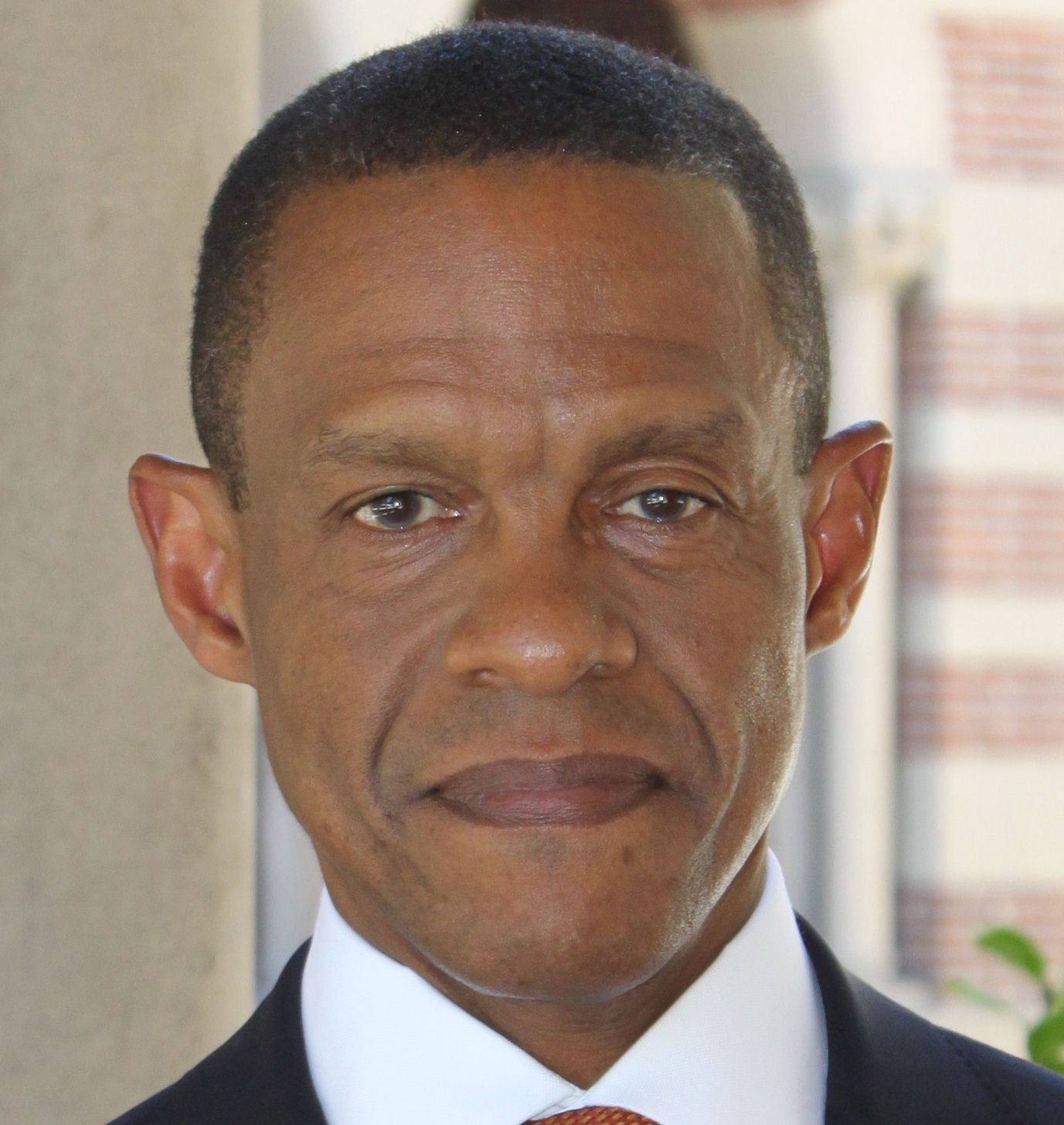The latest airport security incident involving a 95-year-old cancer patient was another missed opportunity. Sometimes, even when we do the “right” thing, we should apologize.
At an airport security checkpoint last week, a TSA officer guided a 95-year-old cancer patient to a private room to investigate “something suspicious on her leg,” so she might be cleared for her flight. The suspicious object was in fact the firmness of a wet adult diaper. TSA issued a statement after reviewing the circumstances and “determined that our officers acted professionally and according to procedure.” No apology.
As a Visiting Fellow at the International Institute for Counter-Terrorism (ICT) in Herzliya, I spend a great deal of time in Israel and understand the threat level there, where very strict security measures are applied. For example, ambulances arriving at emergency rooms are often stopped by military officers 50 meters away, and the patient is wheeled to the facility on a gurney. The patient and gurney is also sometimes inspected before they are allowed into the hospital.
The geneses of these kinds of procedures are usually “risk-based” or “intelligence-driven,” two critically important elements that have become convenient talking points lately. This most recent security debacle suggests neither dynamic was in play.
TSA Spokeswoman Sari Koshetz told the Northwest Florida Daily News that the agency “cannot exempt any group from screening because we know from intelligence that there are terrorists out there that would then exploit that vulnerability.”
While this is a good overarching approach to passenger screening, America’s security personnel (in all environments) possess and should be allowed to exercise some discretion and more importantly, common sense when it comes to these kinds of challenges. From a risk-based, intelligence-driven perspective, most trained TSA officers could surmise that a 95-year-old in a wheelchair is probably not hiding illicit items in her adult diaper.
Instead, we now have another “viral” episode that erodes public confidence, illustrates another unnecessary use of scarce staffing resources, and places another brick on the wall between the public and the security agencies charged with protecting them.
We need the public’s participation to deter the threat and reduce the risk of another attack. Last year, 635 million passengers boarded aircraft in the United States. That’s potentially 635 million sets of eyes and ears contributing to programs like DHS’ “See Something, Say Something” initiative. 635 million people we cannot afford to have alienated by instances like that named above.
As the 10th anniversary of the 9/11 attacks approach, due vigilance and caution are the order of the day. The killing of Osama bin Laden has upped the ante, and Jihadi websites are fueling their adherents with threats of revenge attacks. Transportation modalities remain a viable target – they offer a significant kill-ratio, can create major infrastructure disruption and reduce public confidence in our security strategy. This is the same public we desperately need to become part of the solution. Reducing the fear of terrorism requires good judgment, common sense and collaborative vigilance as travelers and those charged with protecting us.


